Sourav Pan
Transcript
What is Gluconeogenesis? Gluconeogenesis is the metabolic pathway that generates glucose from non-carbohydrate carbon substrates.
These non-carbohydrate substrates include lactate, amino acids, and glycerol, which can be converted into glucose when needed.
Gluconeogenesis is an anabolic process, which means it builds up new molecules rather than breaking them down.
Let’s compare gluconeogenesis with glycolysis. While glycolysis breaks down glucose into pyruvate, gluconeogenesis does the opposite – it creates new glucose molecules from substrates like pyruvate.
Gluconeogenesis is crucial for maintaining blood glucose levels, especially during fasting periods or when carbohydrate intake is limited. Without this process, the body couldn’t maintain normal blood glucose levels during extended periods without food.
In summary, gluconeogenesis is the metabolic pathway that creates new glucose from non-carbohydrate sources, serving as a critical mechanism for maintaining blood glucose homeostasis.
Why is Gluconeogenesis Important?
The brain and red blood cells primarily depend on glucose as their main energy source.
Unlike other tissues, the brain cannot efficiently use alternative fuels like fatty acids, making glucose essential for normal brain function.
Maintaining blood glucose levels within a normal range is essential for brain function and survival.
When blood glucose drops too low, a condition called hypoglycemia, it can lead to confusion, loss of consciousness, and even death if severe and prolonged.
Gluconeogenesis becomes increasingly important during fasting or starvation. In the first few hours without eating, the body relies on glycogen stores.
But as fasting continues beyond 8 to 12 hours, glycogen stores deplete, and gluconeogenesis becomes the primary source of blood glucose, particularly for the brain.
Gluconeogenesis is a metabolic adaptation that allows the body to maintain blood glucose levels during various nutritional states, including low-carbohydrate diets, exercise, and fasting.
From an evolutionary perspective, gluconeogenesis is a critical adaptation that allowed our ancestors to survive periods of food scarcity and varying food availability.
This metabolic pathway ensured that even when carbohydrates were scarce, the brain could still receive the glucose it needs to function properly.
The liver is the primary site of gluconeogenesis, responsible for approximately 90 percent of glucose production in the body.
Liver cells, called hepatocytes, contain all the necessary enzymes for the complete gluconeogenesis pathway.
The liver’s anatomical position receiving blood directly from the digestive tract makes it ideally situated for gluconeogenesis.
The liver plays this central role because it can efficiently capture and process gluconeogenic precursors from the bloodstream, including lactate, amino acids, and glycerol.
Steps 3 through 8 of gluconeogenesis use the same enzymes as glycolysis but run in reverse direction.
This pathway converts phosphoenolpyruvate to fructose-1,6-bisphosphate through a series of reversible reactions.
Unlike the previous steps we discussed, these reactions are bidirectional, meaning they can flow in either direction.
These reversible steps can proceed in either direction. The actual direction depends on several key factors.
First, substrate concentration gradients push reactions toward product formation.
Second, the cell’s energy status, reflected in ATP to ADP ratios, affects reactions requiring these cofactors.
Third, the redox status of the cell, measured by NADH to NAD+ ratios, influences dehydrogenase reactions.
Finally, allosteric regulators can activate or inhibit specific enzymes, shifting the pathway direction.
Let’s look at how cellular conditions determine pathway direction.
During fasting, high substrate availability and hormonal signals drive gluconeogenesis, pushing these reactions in the reverse glycolytic direction.
Conversely, in the fed state, high glucose levels and insulin signaling favor glycolysis, driving these same reactions in the forward direction.
To summarize the key points about steps 3 through 8 of gluconeogenesis:
These steps use the same enzymes as glycolysis but operate in reverse direction. They convert phosphoenolpyruvate to fructose-1,6-bisphosphate through a series of intermediates. The direction of these reactions is determined by cellular conditions, with energy and redox cofactors playing critical roles in establishing reaction direction.
Energy requirements of gluconeogenesis.
Gluconeogenesis requires significant energy input compared to glycolysis. While glycolysis produces 2 ATP molecules, gluconeogenesis consumes 6 ATP equivalents to produce one glucose molecule.
Let’s break down where this energy is consumed in the gluconeogenesis pathway.
Step 1: The conversion of pyruvate to oxaloacetate by pyruvate carboxylase requires 1 ATP.
Step 2: Converting oxaloacetate to phosphoenolpyruvate by phosphoenolpyruvate carboxykinase uses 1 GTP, which is equivalent to 1 ATP.
Steps 3 through 10: The remaining reversible glycolytic steps consume an additional 4 ATP equivalents.
Adding these up, the total energy cost for synthesizing one glucose molecule from two pyruvate molecules is 6 ATP equivalents.
From a thermodynamic perspective, this high energy cost makes perfect sense.
Creating complex molecules requires energy input. The synthesis of glucose from simpler precursors is not energetically favorable without this energy investment.
Breaking chemical bonds releases energy, while forming new bonds requires energy input. Gluconeogenesis involves forming many new bonds.
This explains why glucose breakdown in glycolysis is spontaneous and releases energy, while glucose synthesis in gluconeogenesis requires energy input from the cell.
In summary, gluconeogenesis requires 6 ATP equivalents to synthesize one glucose molecule, highlighting the significant energy investment required for this essential metabolic pathway.
Insulin is a peptide hormone released by the pancreas in response to elevated blood glucose levels, typically after carbohydrate consumption.
When insulin reaches the liver, it binds to insulin receptors on the cell surface, triggering a complex signaling cascade.
Inside the cell, insulin activates a signaling cascade involving phosphoinositide 3-kinase (PI3K) and protein kinase B (AKT), which ultimately regulates transcription factors like FOXO1.
Activated AKT phosphorylates FOXO1, preventing it from entering the nucleus. This inhibits the expression of key gluconeogenic enzymes like phosphoenolpyruvate carboxykinase (PEPCK) and glucose-6-phosphatase (G6Pase).
While insulin inhibits gluconeogenesis, it simultaneously promotes glucose utilization through glycolysis and storage as glycogen.
This coordinated regulation prevents futile cycling between gluconeogenesis and glycolysis, which would waste ATP. By inhibiting one pathway while activating the other, insulin ensures efficient energy utilization in the fed state.
During intense exercise, muscles rely heavily on glycolysis to generate ATP rapidly.
This anaerobic process produces lactate, especially when oxygen becomes limited.
Lactate is then released into the bloodstream and transported to the liver.
In the liver, lactate is converted back to glucose through gluconeogenesis.
This newly synthesized glucose can then return to the muscles, completing what’s known as the Cori cycle.
This metabolic cooperation between muscle and liver is crucial for clearing lactate and maintaining glucose homeostasis during recovery.
Endurance training increases the liver’s capacity for gluconeogenesis.
Trained athletes have higher concentrations of key gluconeogenic enzymes like PEPCK and G6Pase.
This enhanced gluconeogenic capacity provides several advantages for endurance athletes.
These include faster lactate clearance, improved glucose availability during prolonged exercise, and enhanced recovery between training sessions.
After exercise, gluconeogenesis continues to play a vital role in recovery.
The process helps replenish glycogen stores in both the liver and muscles.
Proper nutrition can significantly enhance this recovery process.
Consuming carbohydrates post-exercise accelerates glycogen synthesis, while protein intake provides amino acids for gluconeogenesis. The optimal nutrition window is within thirty to sixty minutes after exercise.
In summary, gluconeogenesis bridges exercise and recovery by clearing lactate, restoring glucose, and supporting glycogen replenishment.
Study Materials
Gluconeogenesis - Definition, Steps, Reactions, Substrates, Importance
Helpful: 0%
Related Videos
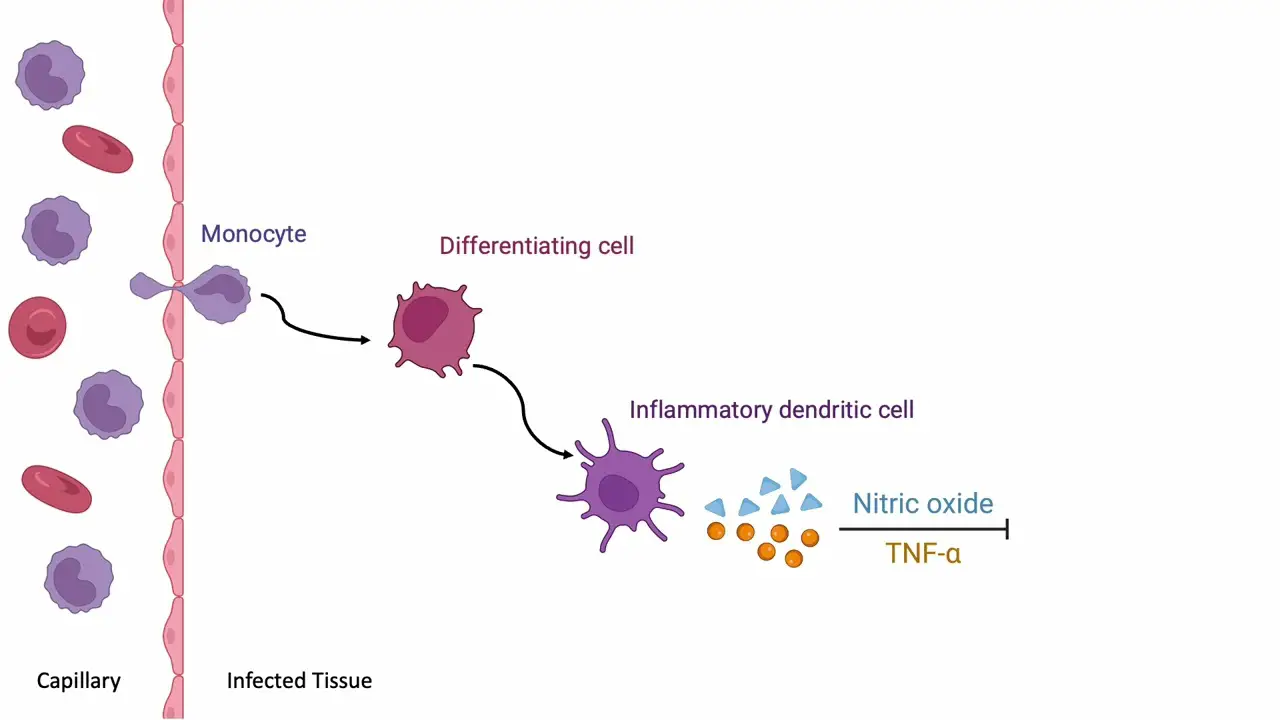
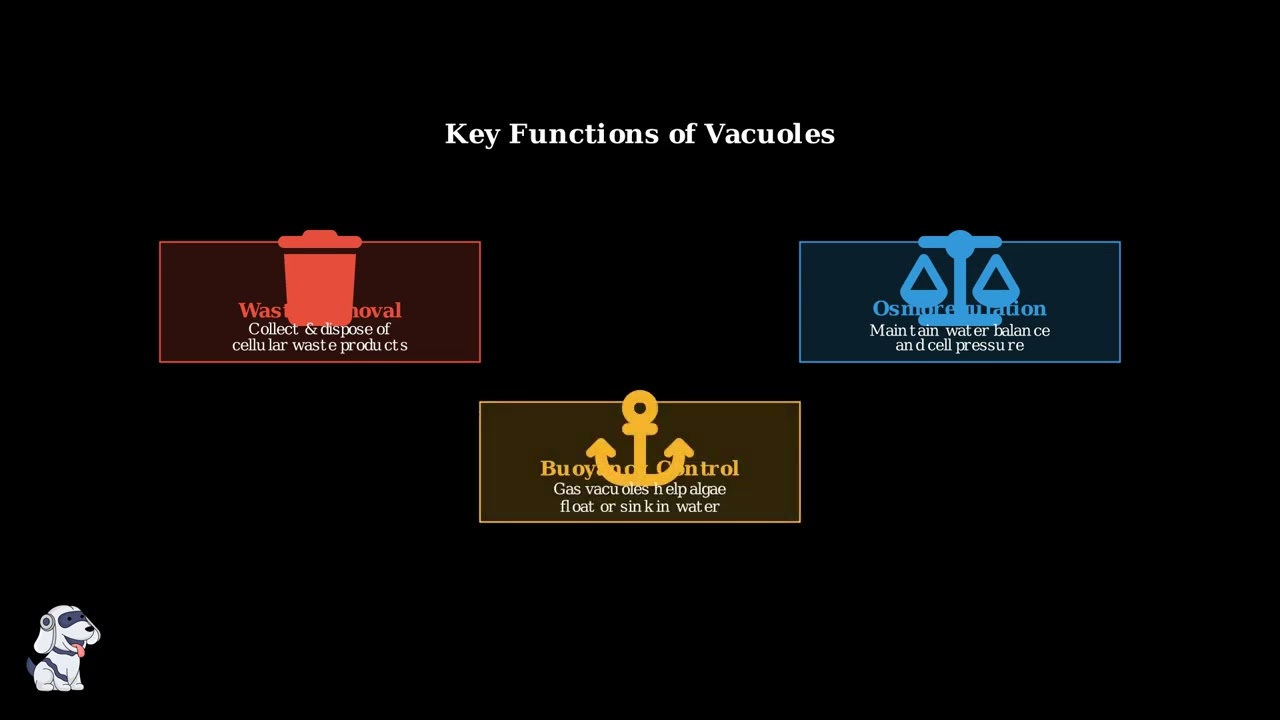
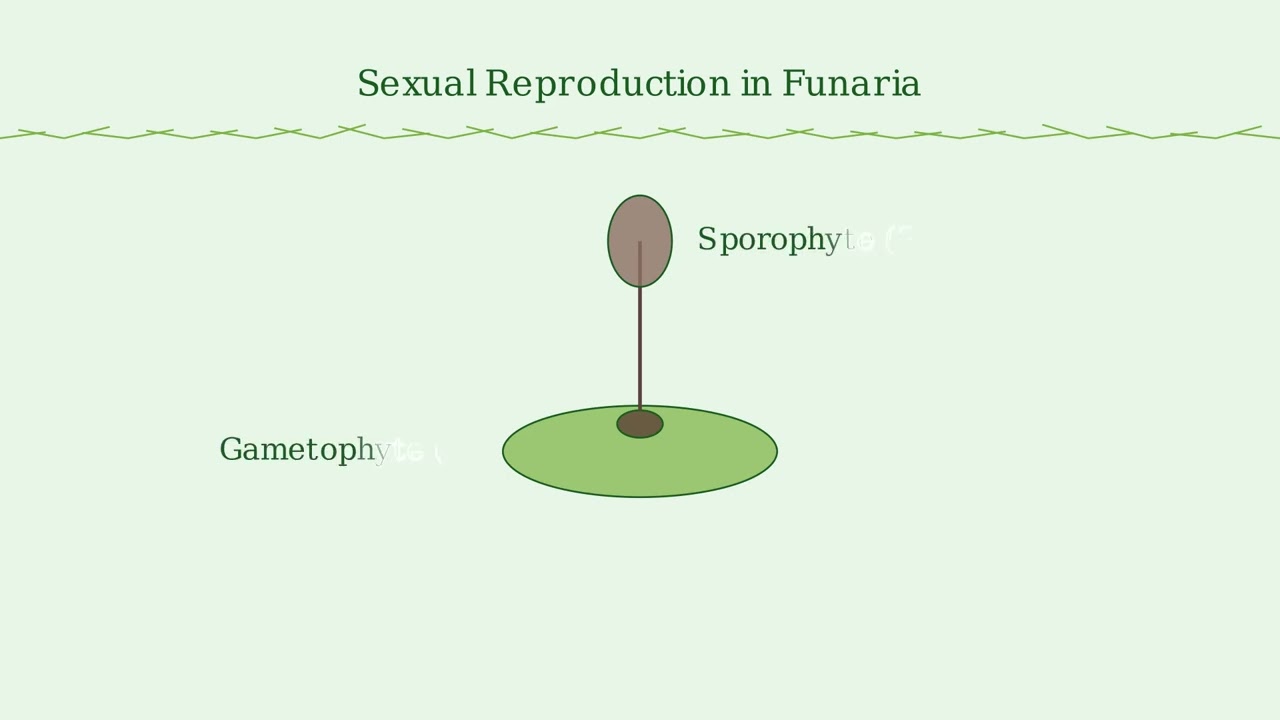
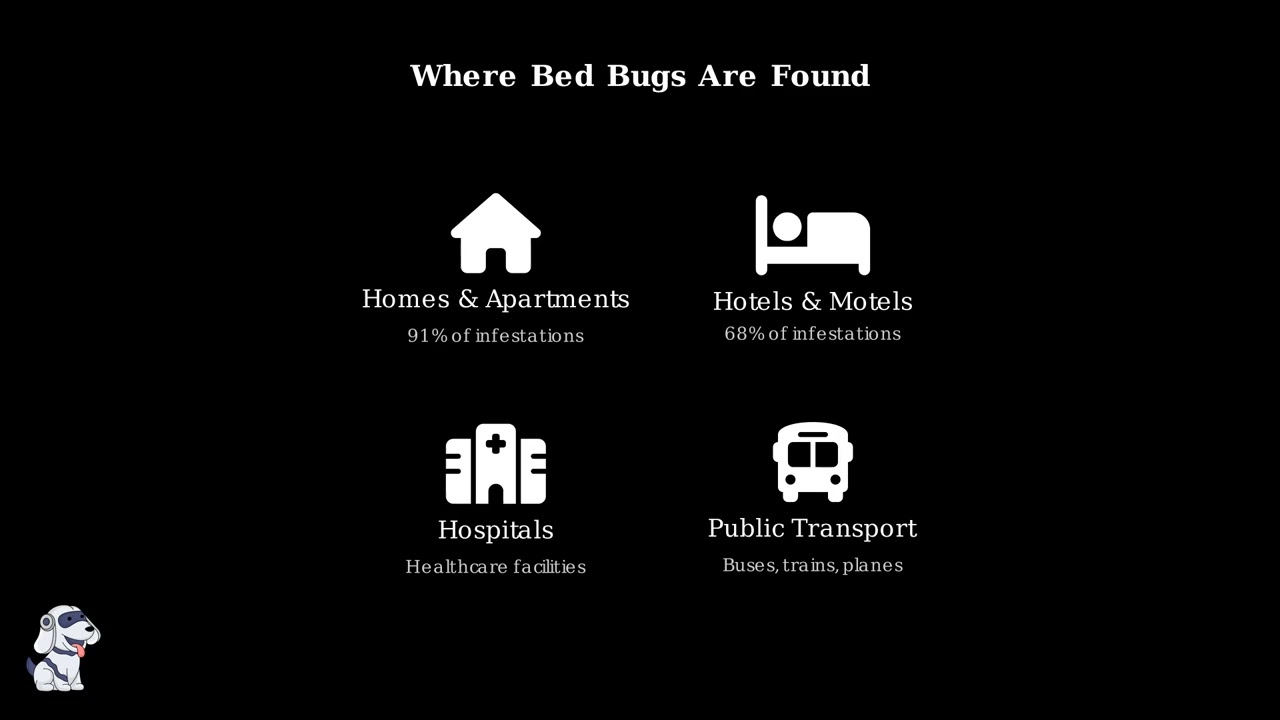
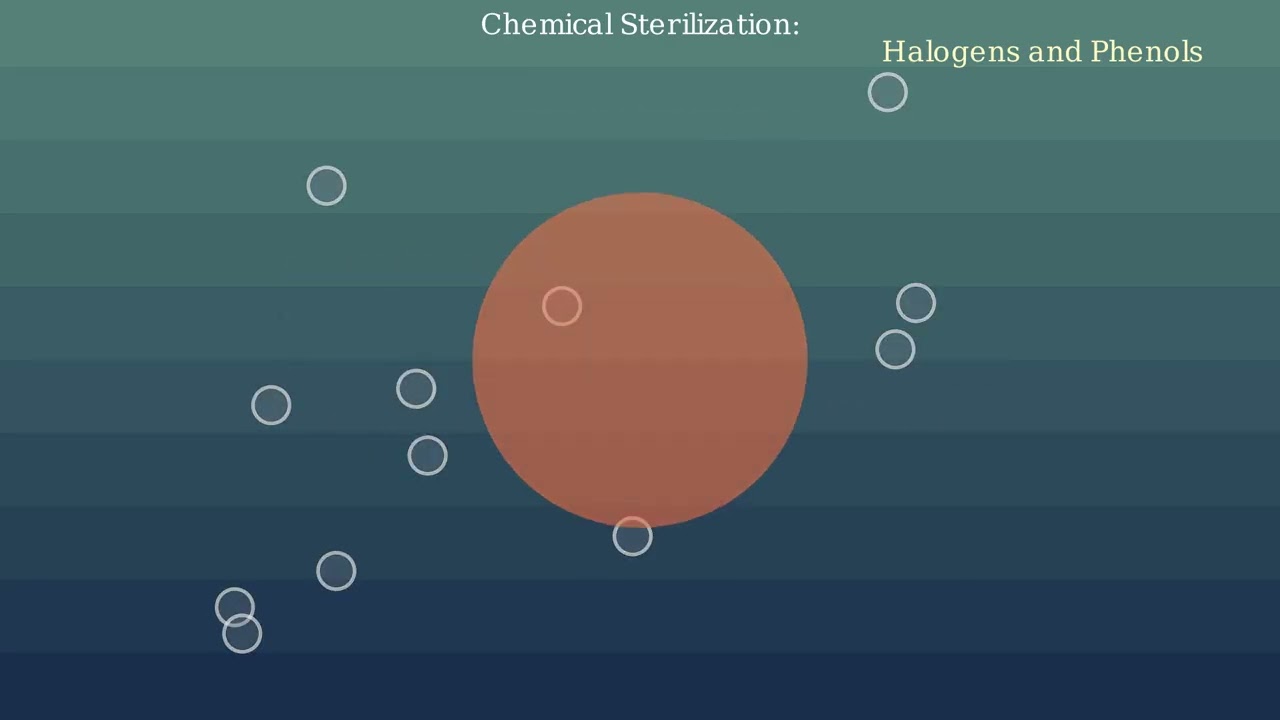
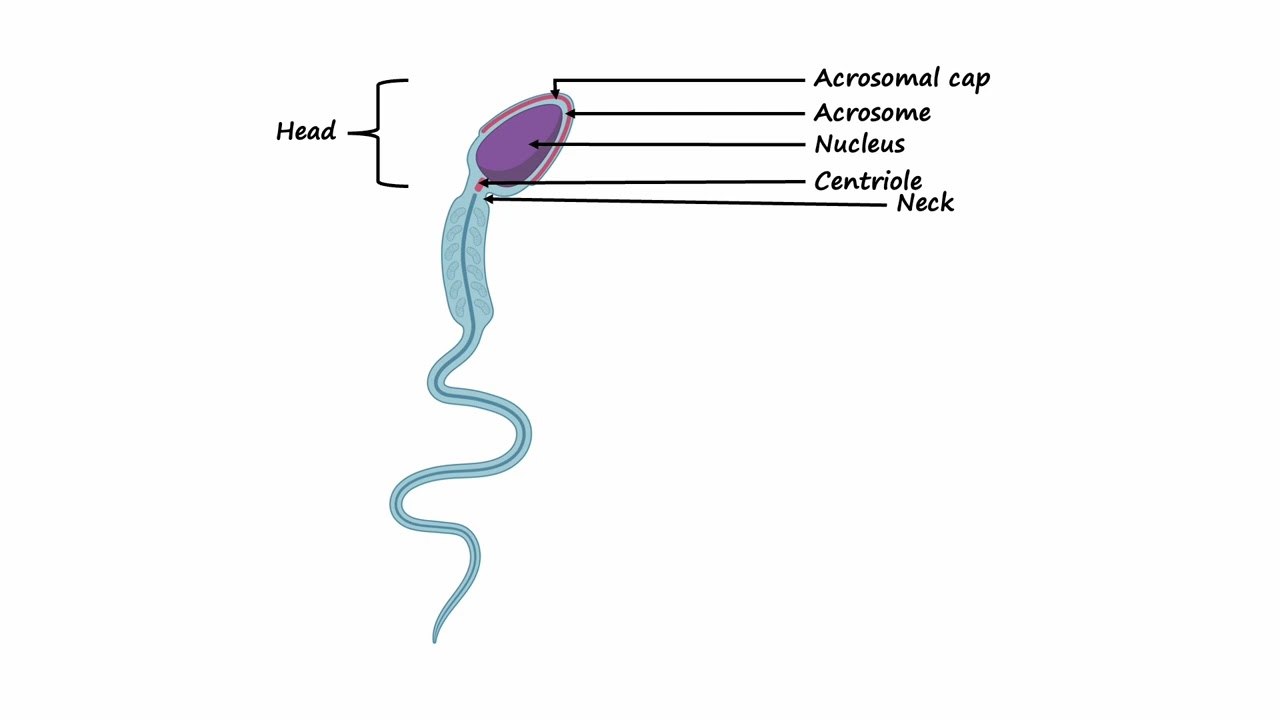
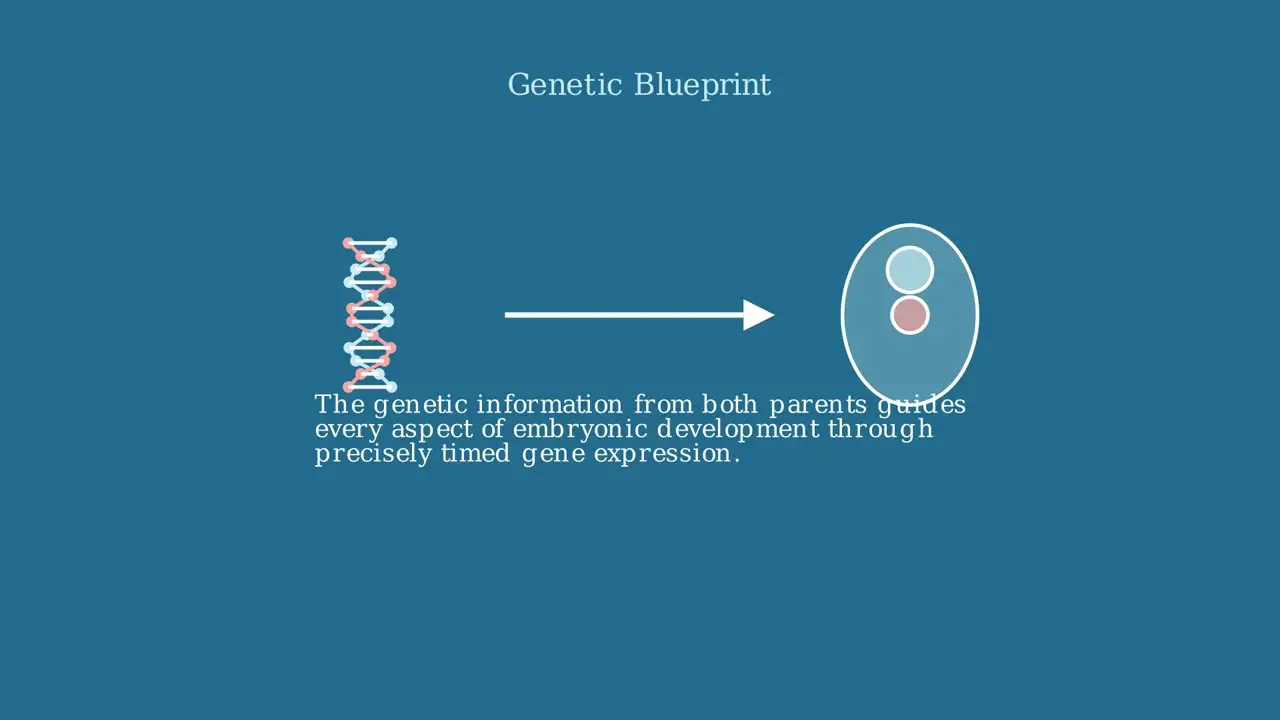
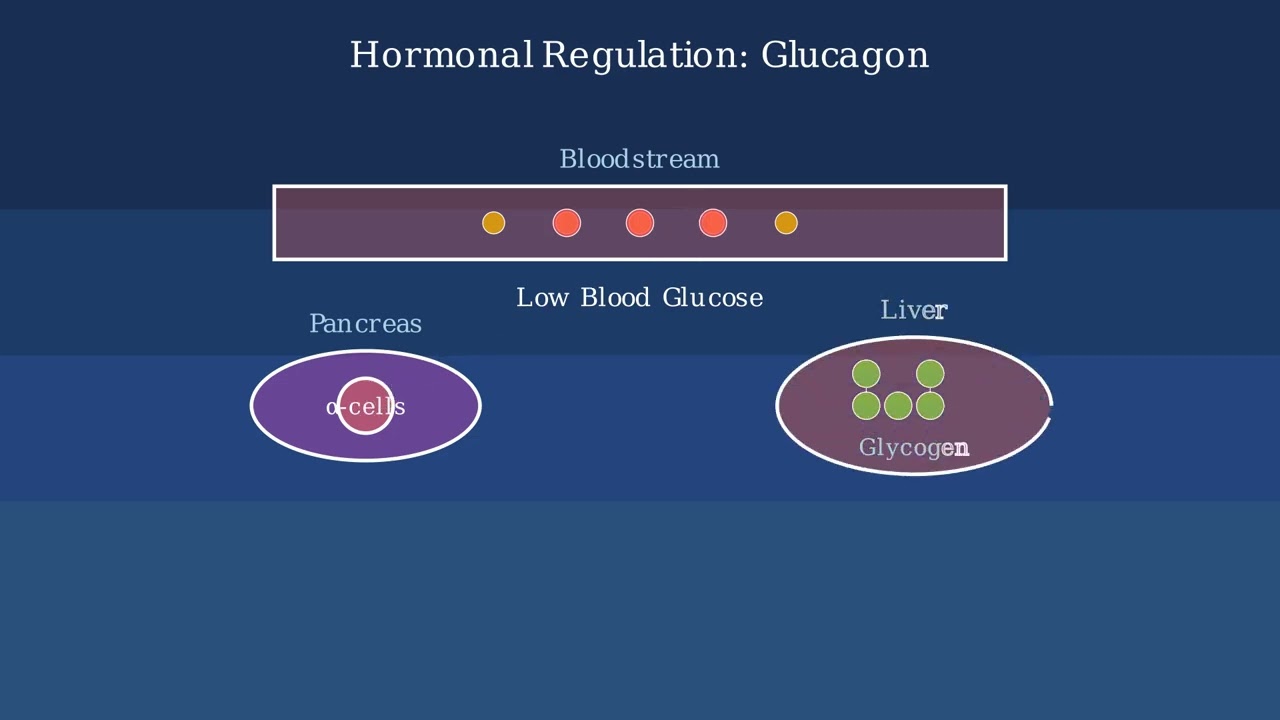
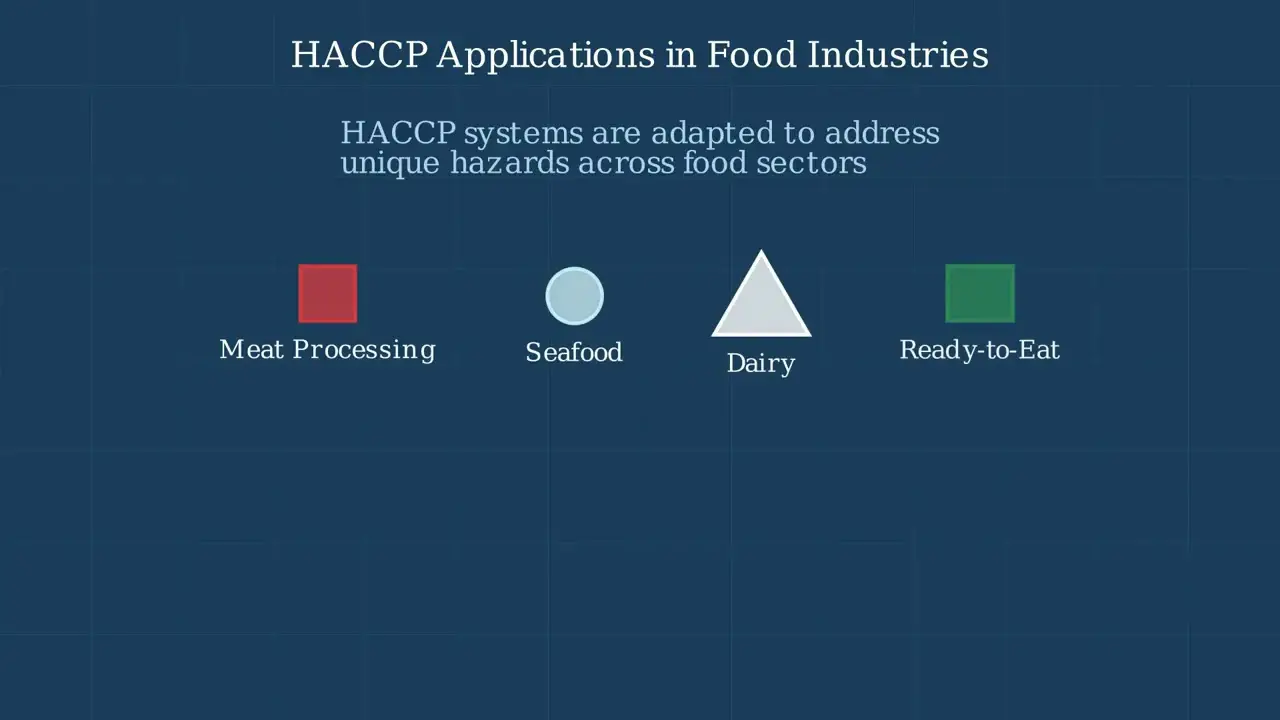
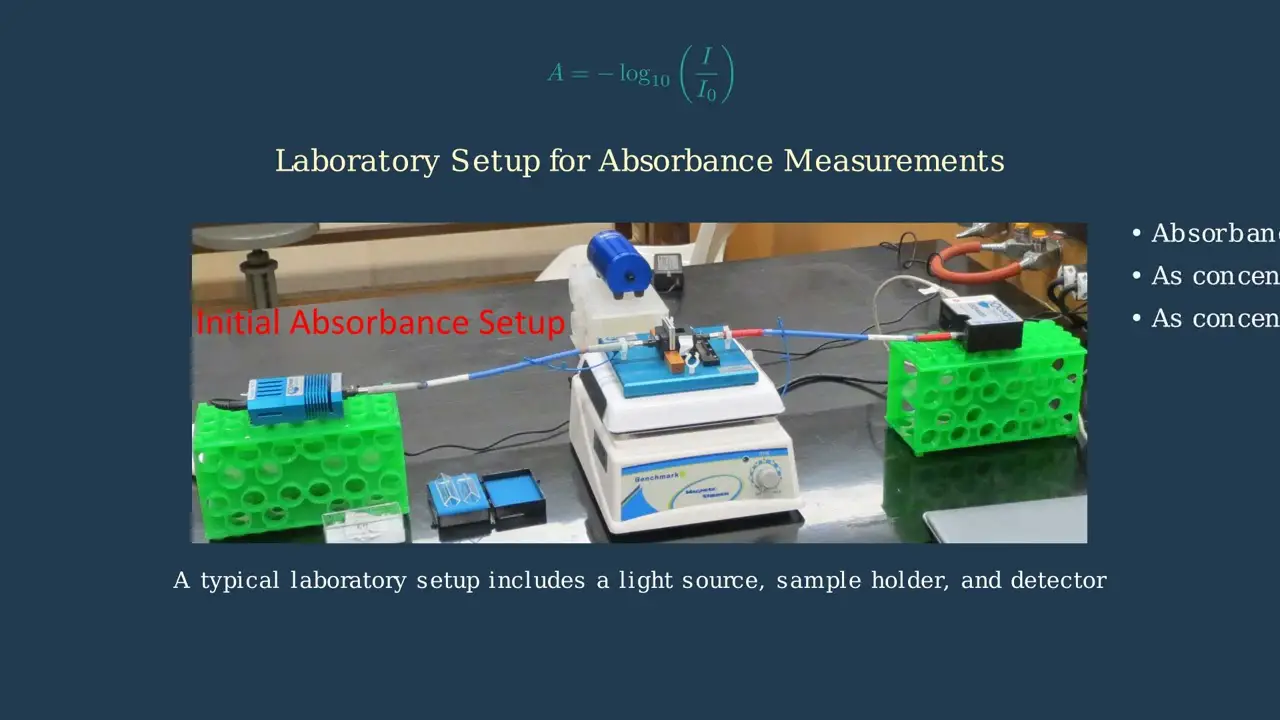
- Text Highlighting: Select any text in the post content to highlight it
- Text Annotation: Select text and add comments with annotations
- Comment Management: Edit or delete your own comments
- Highlight Management: Remove your own highlights
How to use: Simply select any text in the post content above, and you'll see annotation options. Login here or create an account to get started.